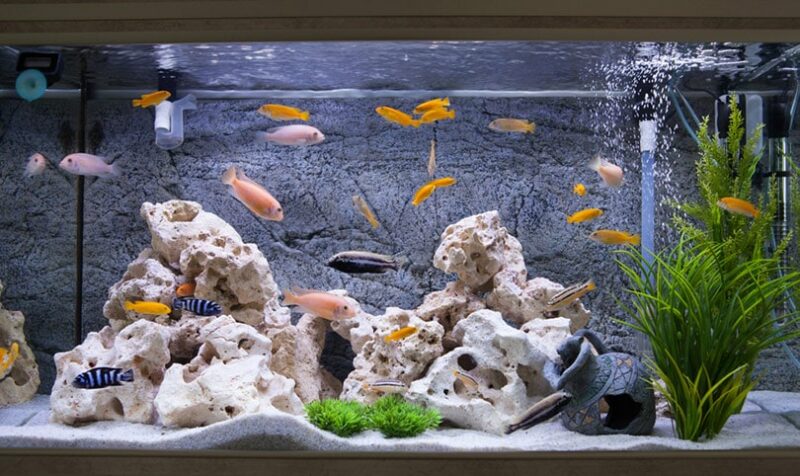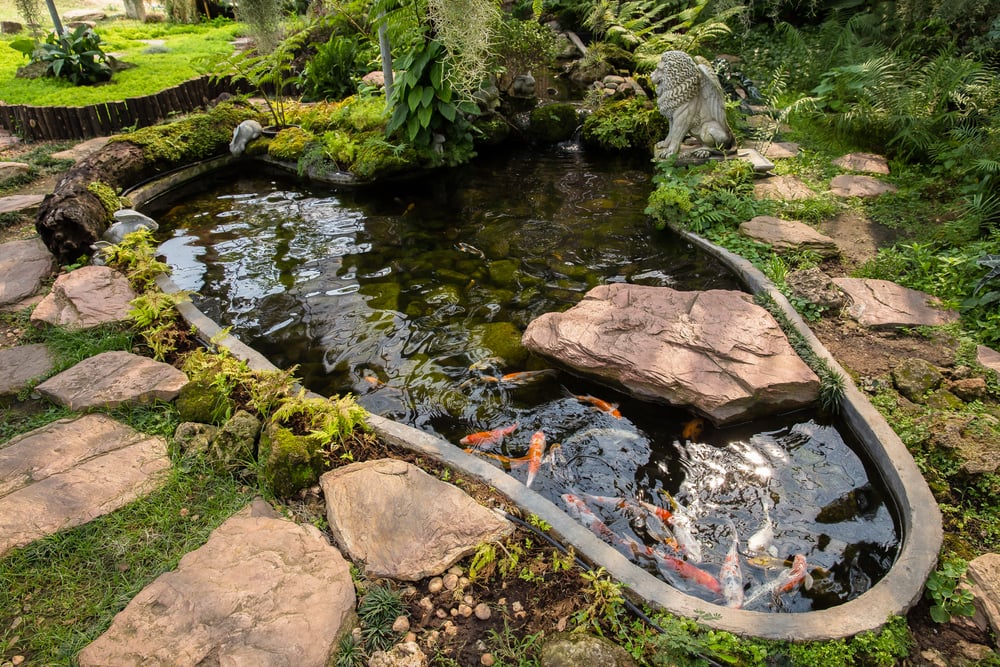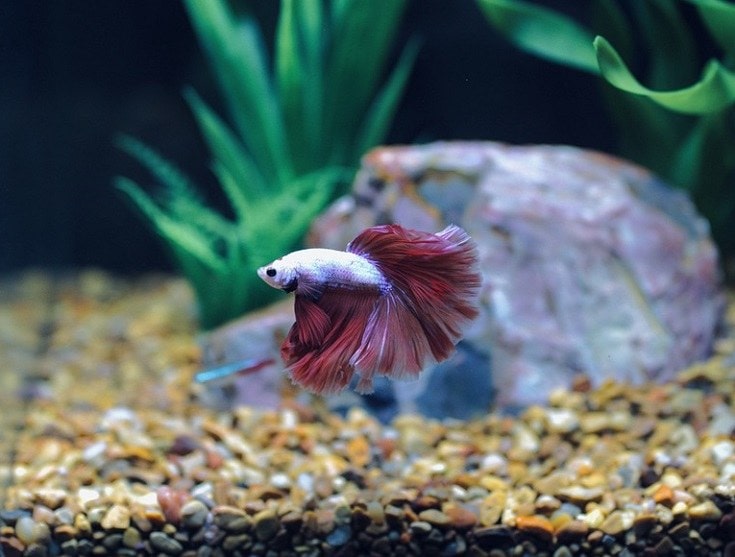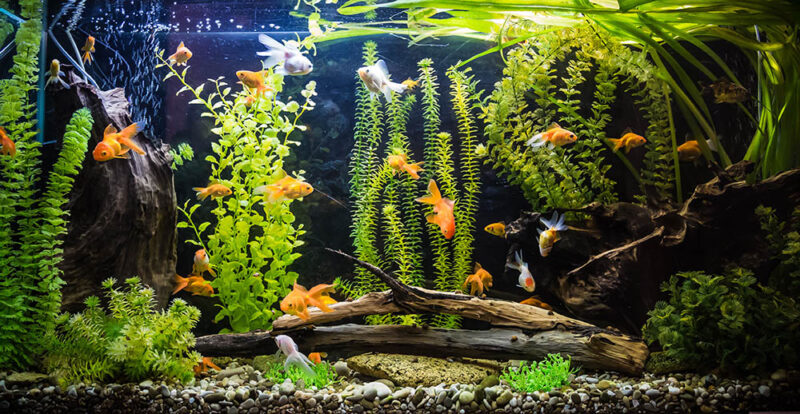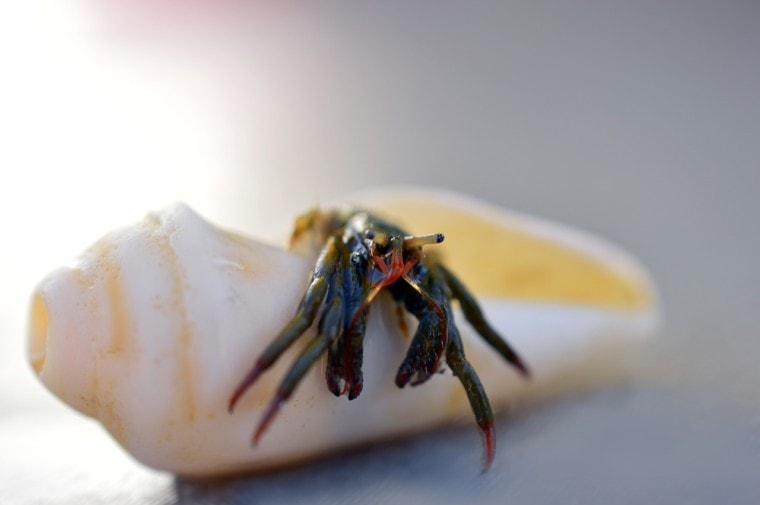
Hermit crabs are one of the easiest pets to have but these animals are not made to be kept in captivity. They are unusual and fun to watch, which makes them engaging pets that are quite low-maintenance. Hermit crabs are curious as well, interested in exploring larger spaces and living an active life.
Their names are a bit disingenuous because hermit crabs aren’t true crabs. They have a smaller abdomen that is quite soft. That is why they need to live in empty shells. As they grow, they grow into increasingly larger shells.
There are two primary species of hermit crabs found as pets in the United States. These include the Coenobita clypeatus and Coenobita compressus. Around the world, several other species are also sold as pets.
Hermit crabs rarely breed in the wild. Almost all these pets are captured from the wild before they are brought to pet stores. Before you adopt, you want to ensure that they have a shell covering their head, that they don’t have any apparent parasites, and that all three pairs of their legs are present.
Larger crabs are older and will often be hardier than small, younger crabs. Look for crabs with natural shells and not those with paint on top. The paint is often toxic on their shells and can slowly poison them.
Before you adopt a hermit crab, make sure you have everything prepared for them to have an easy transition and a happy life.
How to Prepare a Hermit Crab Home
Prepare your hermit crab’s home before you adopt them. They need plenty of areas to explore in their enclosure. Although many places say that you can put them in a small plastic cage, it’s better to insert them into a larger glass terrarium filled with plenty of substrates. For them to molt, they need to be able to dig into the sand in the cage. Otherwise, they will essentially be stuck.
Hermit crabs also rely on lighting to dictate some of their behaviors. Experts recommend using an LED or fluorescent bulb above their tank to mimic a typical 8- to 12-hour day and its natural light cycles.
Other than light and substrate, you also need to cultivate an enclosure of high humidity. A hermit crab might be terrestrial (living on the land), but its gills require high humidity to continue to breathe. Many hermit crabs die prematurely if they live in an area that is too dry by slowly suffocating.
You can fill their home with plenty of accessories, like driftwood and live moss. There are plenty of sites online that will give you care tips to ensure that you can give your hermit crab the best life possible.

What Do Hermit Crabs Eat?
Wild hermit crabs are omnivores and feed at night. If you can maintain a schedule appropriate for them, try to mimic these behavioral patterns.
Hermit crabs eat plenty of fruits and leafy vegetables. You can ensure that their diet is balanced by giving them crushed pelleted food explicitly meant for hermit crabs. These tiny crabs often eat slowly. If there is anything left in the morning, remove it from their enclosure.
Finally, hermit crabs need fresh, chlorine-free, non-tap water. It is best to try and incorporate this into their larger enclosure instead of only a small water bowl.

Socializing Hermit Crabs
An essential facet of owning a hermit crab is their socialization. Hermit crabs are largely social animals. In the wild, they live in large groups. When they sleep, they typically all do so together, piled up in heaps for protection.
Hermit crabs can die from loneliness if they are left without another hermit crab for too long. The best thing that you can do is purchase more than one hermit crab. It is best to adopt hermit crabs that are approximately the same size so it is less likely for them to fight.
Reasons to Consider Adopting a Different Animal
Although hermit crabs can make exciting and low-maintenance pets, they are not the most humane animals to adopt. Most hermit crabs are plucked from their life in the wild to be in captivity. In the wild, they can live up to 30 years. However, in captivity, they often won’t live longer than a couple of months.
These animals are not made to be kept in captivity. They have specific environmental needs that are almost impossible to satisfy in a terrarium. There are plenty of other low-maintenance pet options to consider instead of supporting a challenging industry.
Related reads:
- How Much Does a Hermit Crab Cost?
- What Do Hermit Crabs Eat in the Wild and as Pets? Nutritional Facts & FAQ
Featured Image Credit: Pixabay



